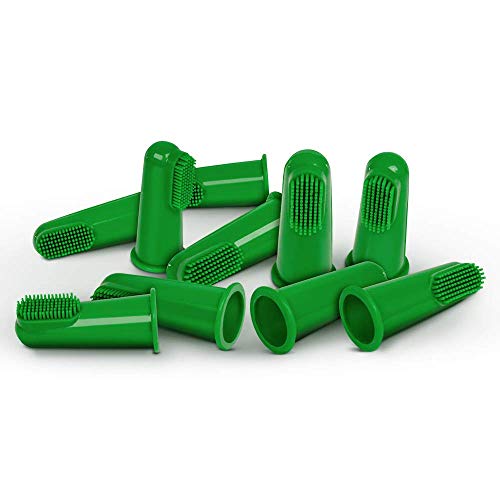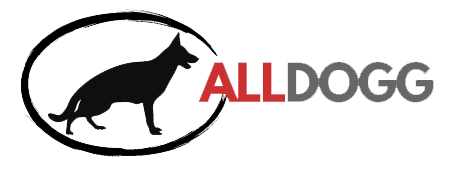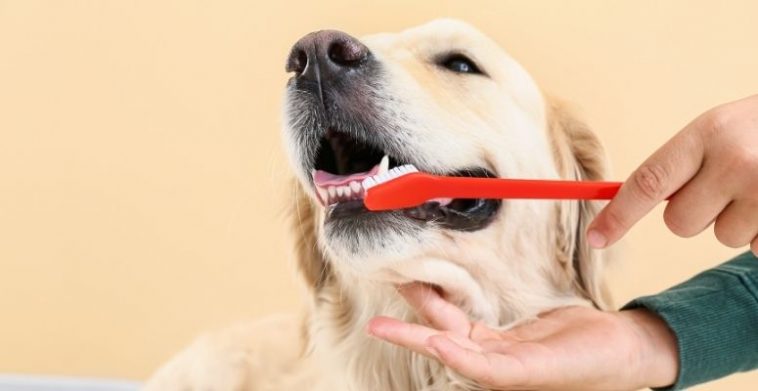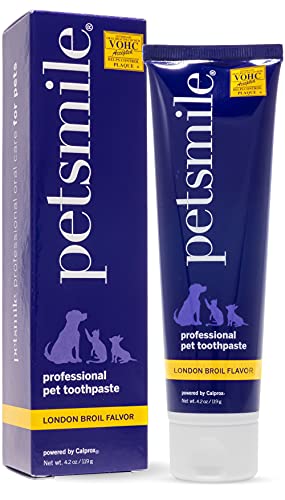Regular Dental Care For Your Dog
Table of Contents
Did you know that brushing your dogs teeth and regular dental care are part of any good grooming regimen? Many pet parents are surprised to learn that good dog dental care and tooth brushing is a task that needs to be done regularly, just like bathing them, brushing their coat, or clipping their nails.
Dental care for your dog starts with a simple daily routine of brushing their teeth. There are other important steps to take, including making sure they are free from any type of gum disease, and keeping an eye out for broken or chipped teeth.
According to VCA Hospitals, more than two thirds of dogs over the age of three years old have periodontal disease. The main sign of this common disease is infected or inflamed gum tissue around the teeth. If left untreated, the condition can become painful and result in tooth loss.
How To Practice Good Dental Care For Your Dog
Brushing your dog’s teeth is easy, but does take a little practice. It’s important to remember that your initial attempts to brush his/her teeth is something new and may be startling or alarming for your pet. If you have a puppy, it’s always a good idea to get them used to having their mouths and teeth checked early on. (Your veterinarian will thank you for it!)
How often do you need to brush a dog’s teeth?
The goal of brushing your dog’s teeth is to remove plaque and bacteria that stick to the surface of the teeth. Three times per week is the minimum you should brush your dog’s teeth. After that, your goal is to build up to brushing at least twice daily.
Types of Toothbrushes to Use on Your Dog
It’s best to use specially designed pet toothbrushes to ensure you easily reach all teeth and remove plaque. There are various styles available to help make the task easier. If you have a toy or small breed dog, it’s best to choose a toothbrush with a good grip that is easy to maneuver in their tiny mouths. You can choose a standard pet toothbrush or an electric brush for large breed dogs to get the job done.
Also, depending on your dog’s mouth and teeth, you can choose angled handled brushes and multiple head brushes. It’s essential to use a pet toothbrush with a comfortable handle that helps you navigate your dog’s mouth and teeth safely.
Positive Reinforcement For Dog Tooth Brushing

Natural ingredients ensure optimal dental health for your dog with a tasty beef flavor he or she will love

The bristles on each Vet's Best Dog Toothbrush effectively reduce plaque and tartar, prevent oral diseases, and instantly freshens your pet's breath
Some dogs might not like to get their teeth brushed at first, so it’s important you help them feel comfortable by creating a safe, quiet place. Playing classical music and speaking to your dog in a soft tone will help them feel calmer. Practice the brushing process with your dog daily until they eventually allow you to brush all of their teeth without putting up a fight.
Types of Toothpaste for Dogs

Enzymatic toothpaste specifically formulated using an enzyme system for dogs and cats to reduce plaque, freshen breath, and ensure a clean mouth with Poultry flavor pets love

Petrodex Advanced Dental Care Enzymatic Dog Toothpaste helps reduce plaque and tartar formation.
Do not use human toothpaste on dogs. It contains various ingredients that are harmful to dogs. For example, if a dog swallows human toothpaste, it can lead to digestive disturbances, stomach upset, and sometimes death if it contains xylitol. Instead, choose pet toothpaste. Some flavors include beef, poultry, mint, and malt.
How to use a dog toothbrush
It is important to get your dog used to the toothbrush in their mouth so that they don’t shake their head or react in a way that they can cause injury. When you learn how to use a dog toothbrush property, he/she will learn that it can be a pleasant experience, and make it easy to do.
- Apply a pea-size amount of pet toothpaste to the bristles on the toothbrush
- Allow your dog to sniff the toothpaste and become familiar with the smell.
- Gently use your fingers to raise your dog’s lip on the side of the mouth to expose the teeth, then brush the teeth. Brush the other side and the front teeth using the same lip-raising technique with your fingers.
- Carefully open your dog’s mouth slightly and tilt your dog’s head backward while maintaining a gentle hold on their upper jaw. Brush the teeth toward the back of the mouth first to remove plaque from the hard-to-reach places. Then work your way to the front teeth until all the bottom teeth are brushed.
Generally, it takes about 30 seconds to brush each side of your dog’s mouth.
Take care of your dog’s oral health to prevent plaque buildup, infection, swollen gums, tooth loss, and other health issues.




